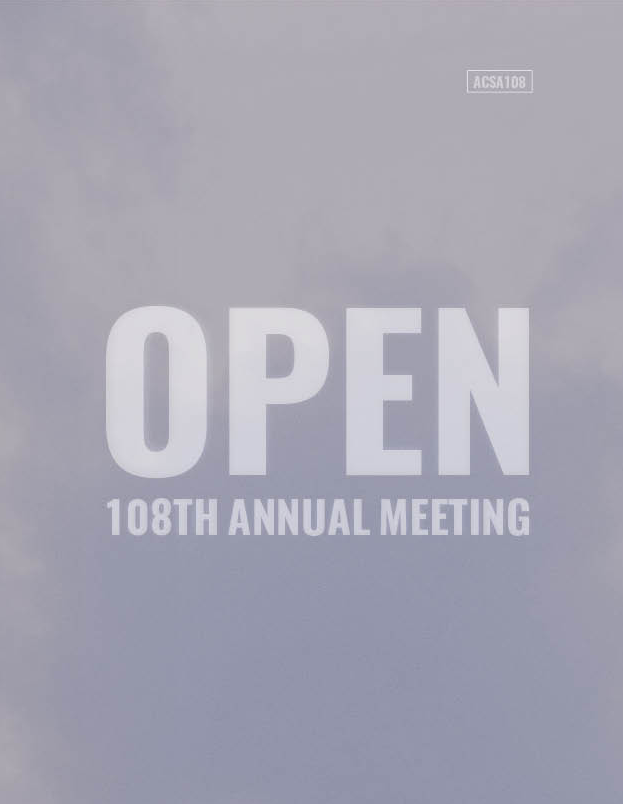Author(s): Victoria McReynolds
“Red sky at night, sailor’s delight. Red sky in the morning, sailor take warning.” As the adage above suggests, sunrise and sunset, when light passes along tangent to the surface of earth, are optimum times of the day to “read” the sky and realize thermodynamic properties influencing a site. Solar light arriving tangent to the Earth travels through roughly forty-five times more troposphere (figure 1) on its way to reaching a site and, most likely, will have encountered various clouds, particulates, and pollutants along the way. We experience these dynamic moments, the last of visible light (figure 2), as perceptual shifts in our environment, and physiological shifts in our eyes as cones and rods tradeoff absorption responsibility of the electromagnetic spectrum1. The qualitative measurement of light tangent to Earth’s surface is inevitably more than the altitude and azimuth reading of solar light. Site tracking during sunrise or sunset draws together often separate analysis of meteorological and terrestrial features towards an environmental ecology.
https://doi.org/10.35483/ACSA.AM.108.23
Volume Editors
ISBN
978-1-944214-26-5

 Study Architecture
Study Architecture  ProPEL
ProPEL 
